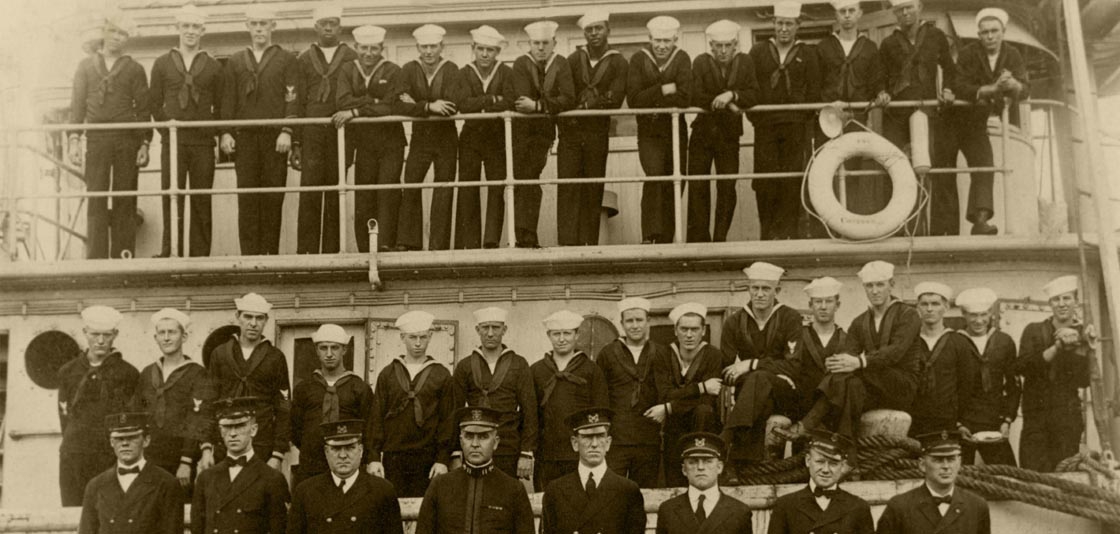The USS Conestoga and its 56 crew members departed San Francisco Bay on March 25, 1921. The 170-foot steel tugboat set sail for Pearl Harbor, then a growing Navy outpost, where it would set off again to finally resume duty in American Samoa.
But neither the USS Conestoga or its crew ever made it to Pearl Harbor. Both ship and crew vanished without a trace. The fates of the Americans lost at sea remained a mystery–until now.
The U.S. Navy and the National Oceanic Atmospheric Administration (NOAA) confirmed Wednesday that it identified a shipwreck as the Conestoga in October 2015.
“Thanks to modern science and to cooperation between agencies, the fate of Conestoga is no longer a mystery,” said Assistant Secretary of the Navy for Energy, Installations and Environment Dennis V. McGinn in a statement. “In remembering the loss of the Conestoga, we pay tribute to her crew and their families, and remember that, even in peacetime, the sea is an unforgiving environment.”
The wreck was found in 189-foot deep water about three miles from Southeast Farallon Island. The day the ship disappeared, it battled 40 miles per hour winds and rough, towering waves. The Conestoga’s last, jumbled radio transmission said that it was “battling a storm and that the barge she was towing had been torn adrift by heavy seas.”
NOAA specialists believe the ship was trying to seek shelter in an island cove, but did not make it. The agency did not find any human remains in the Conestoga during its many dives. It was able to identify the vessel by matching unique features observed in the wreck to the ship’s 1904 blueprints.
When the ship never arrived at its destination, a Navy conducted the largest ever sea and air search of its time to find it. However, the hundred thousand mile search only turned up a lifeboat with the letter ‘C’ etched into the bow in Mexico.




































